In my article in Jane Austen’s World this month, I consider the reasons Jane Austen’s writing may have slowed so drastically from 1801-1809 and why she suddenly burst forth with creativity once again at Chawton Cottage. Enjoy!
As we enter a new year, it’s intriguing to think about the power of a fresh start. Jane Austen herself seems to have entered into a new season when she came back to the Hampshire countryside in 1809, after leaving Steventon for Bath with her family in 1801.
During her time away from the Hampshire of her youth, Austen’s writing activity slowed and she experienced a period marked by loss and change. But once she and Mrs. Austen and Cassandra moved into the cottage on her brother Edward’s property in Chawton, she started writing prolifically—revising earlier manuscripts, drafting new ones, and beginning her publishing journey.
An Unsettled Season
There are many thoughts on why Austen didn’t write as much during those years, but it’s important to note two important factors. First, not only did Austen move away from her childhood home, but she also experienced grief, including the loss of her dear friend Mrs. Anne Lefroy (December 1804), her own beloved father Reverend Austen (January 1805), and her sister-in-law Elizabeth Austen (1808).
Second, after the Reverend Austen’s death, the Austen women stayed on in Bath, moving several times. They then moved to Southampton in 1806, living first with Francis and Mary Austen and then in Castle Square. The Austen women remained unsettled for quite some time.
As many of us know firsthand, losing a loved one is at the top of most stress charts. Moving to a new home is thought to be highly stressful as well. It’s possible that the combination of grief and frequent moves may have impacted Austen’s creativity.
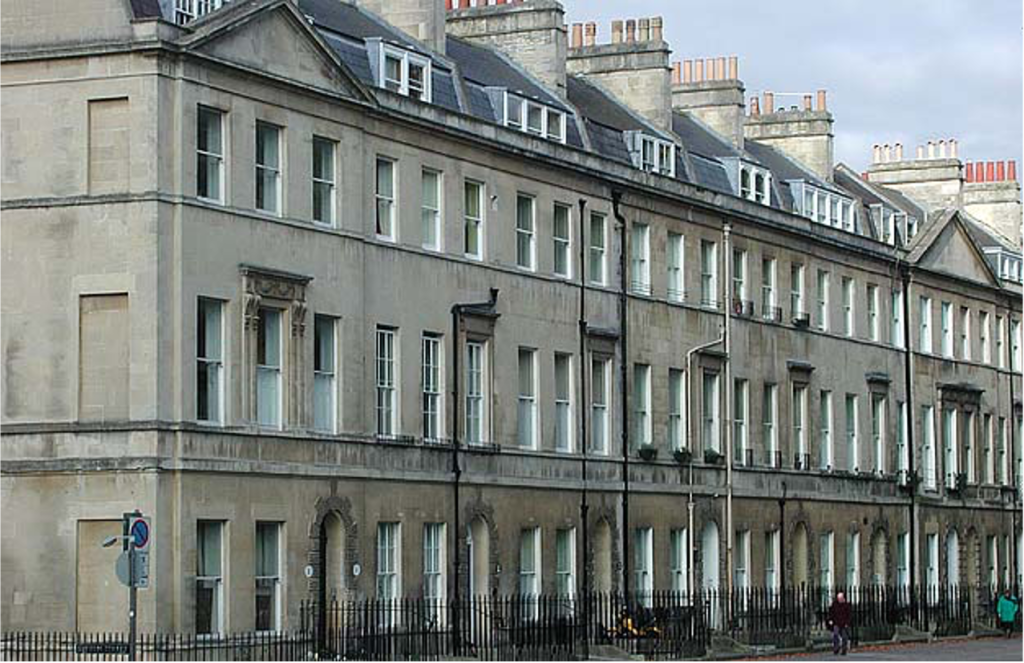
A Fresh Start
After living away from the quiet of the Hampshire countryside for so many years, and having moved houses several times, moving to Chawton must have been a relief for the Austen women. It also seems to have provided just the right time and place for Austen’s writing to flourish. Almost as soon as they settled into the house there, Austen began revising and writing at a terrific pace.
It’s also interesting to note that when Austen moved to Chawton she picked back up her manuscript for Sense and Sensibility (originally titled “Elinor and Marianne”), a story about a recently widowed woman and her daughters who go to live in a small cottage on the property of a male relative. The Dashwood women, in need of a fresh start, find their new beginning in Barton. The Austen women found theirs in Chawton.
This intriguing quote from Sense and Sensibility almost seems as though it could have been written from the Austens’ point of view:
The Dashwoods were now settled at Barton with tolerable comfort to themselves. The house and the garden, with all the objects surrounding them, were now become familiar, and the ordinary pursuits which had given to Norland half its charms were engaged in again with far greater enjoyment than Norland had been able to afford, since the loss of their father.
Sense and Sensibility, Ch. 9
To view an image of a contemporary watercolor of Chawton Cottage, as Austen may have known it, you can see it here on the JASNA site, in a fascinating Persuasions article entitled “Chawton Cottage Transfigured” by Joan Austen-Leigh (1982).
At Chawton, Austen revised and published Sense and Sensibility (1811) and Pride and Prejudice (1813); wrote and published Mansfield Park (1814) and Emma (1815); reacquired Northanger Abbey and wrote Persuasion (both of which were published after her death in 1817); and started “Sanditon.”
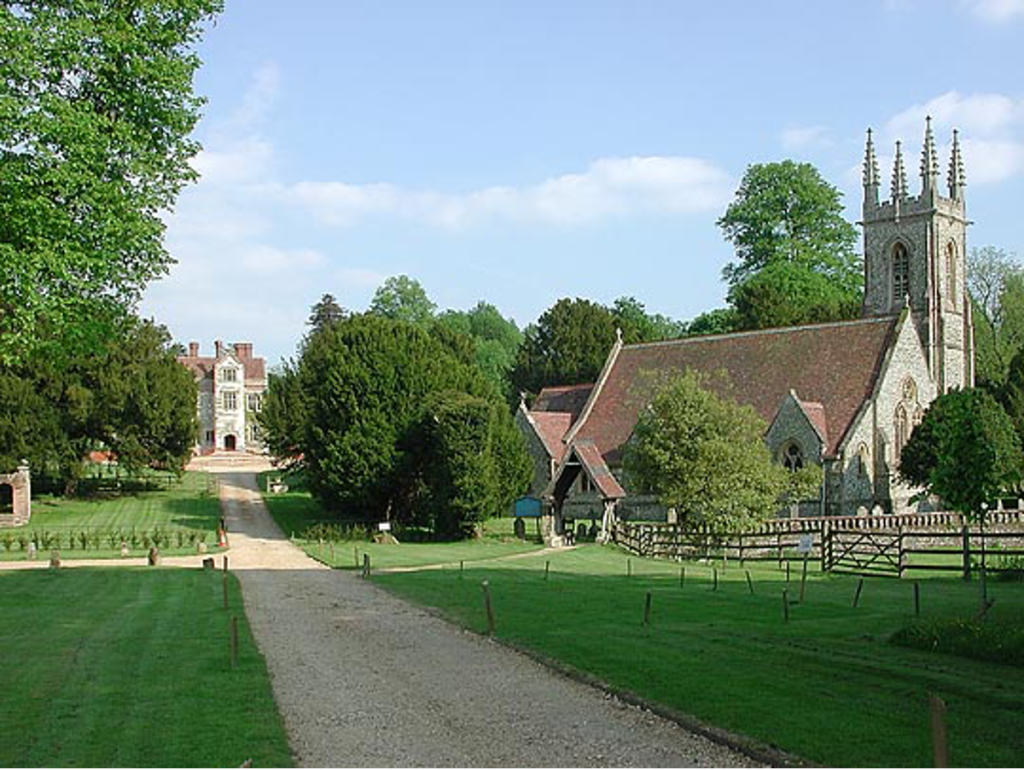
Storing Up Inspiration
It seems that Austen’s time away from her beloved Hampshire countryside actually played an important role in her writing journey. Even if she didn’t write as much during those years, she was evidently storing up experiences, people, places, and inspiration all along the way. Coming “home” to the countryside and settling down sparked new creativity.
There are many factors that may have led to Austen’s fresh spurt of writing at Chawton, but here are a few that come to mind:
- Feeling at home and settled in their own house
- Time and space to walk, think, and listen
- Slower pace and quieter surroundings
- Familiar scenery, sounds, and walks
- Extended family, nieces and nephews, and friends nearby
- New experiences and settings for inspiration (Bath, Southampton, Godmersham, and Lyme Regis)
- New books to read (at Chawton House and Godmersham Park)
- The society of local families
One might say that Austen herself was living in her own ideal setting at Chawton: As she wrote to Anna Austen in 1814, “You are now collecting your People delightfully, getting them exactly into such a spot as is the delight of my life;—3 or 4 Families in a Country Village is the very thing to work on” (emphasis mine).
For Austen, perhaps a country village was not only the perfect thing to work on but also the perfect place in which to work. That setting—the “delight” of her life—seems to be where she worked best.
It’s heartening to consider new beginnings like these. After difficulty and heartache, light dawned once more for Austen. And the unsettled years certainly weren’t wasted; they provided Austen with new experiences and fresh inspiration.
Let’s keep in touch:
Subscribe to my blog
for articles on literature, faith, and my writing adventures!
Signed Books:
Order signed books here on my web site!
Each autographed book comes with a matching bookmark.

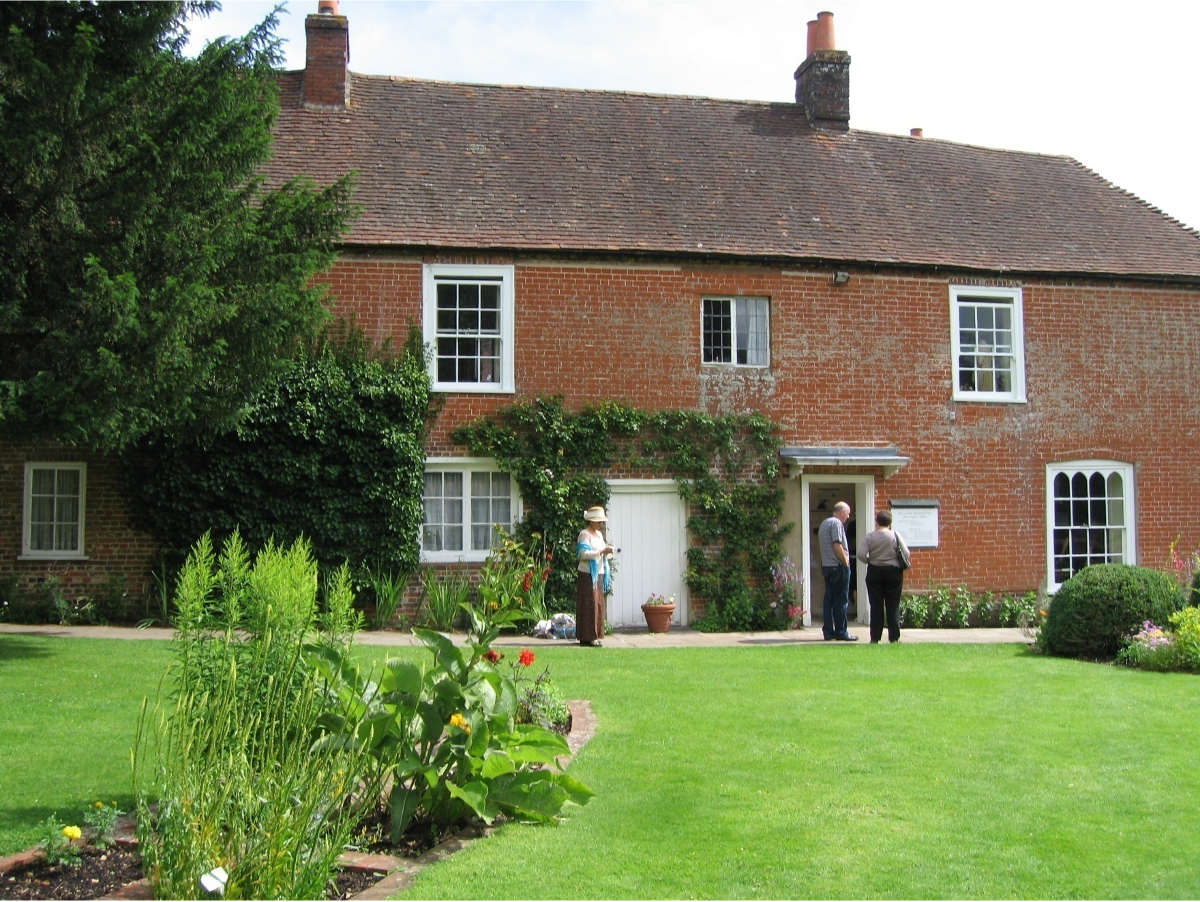

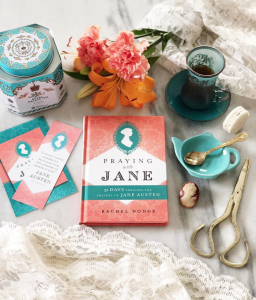



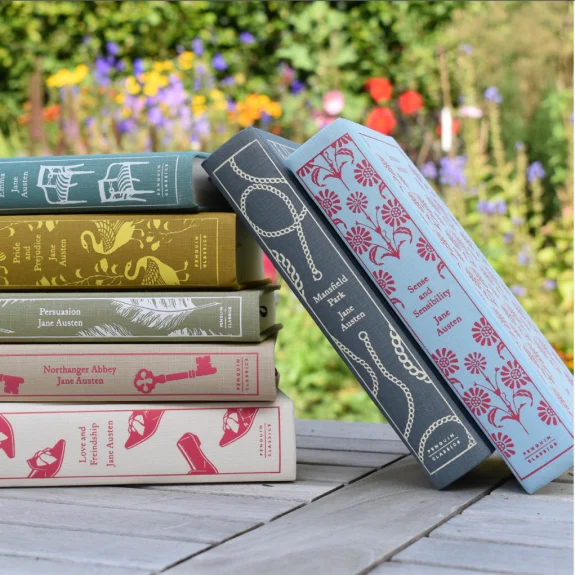
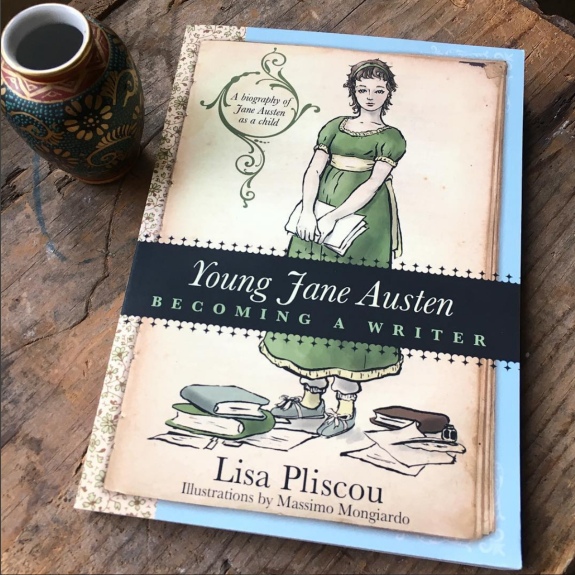






Leave a Reply